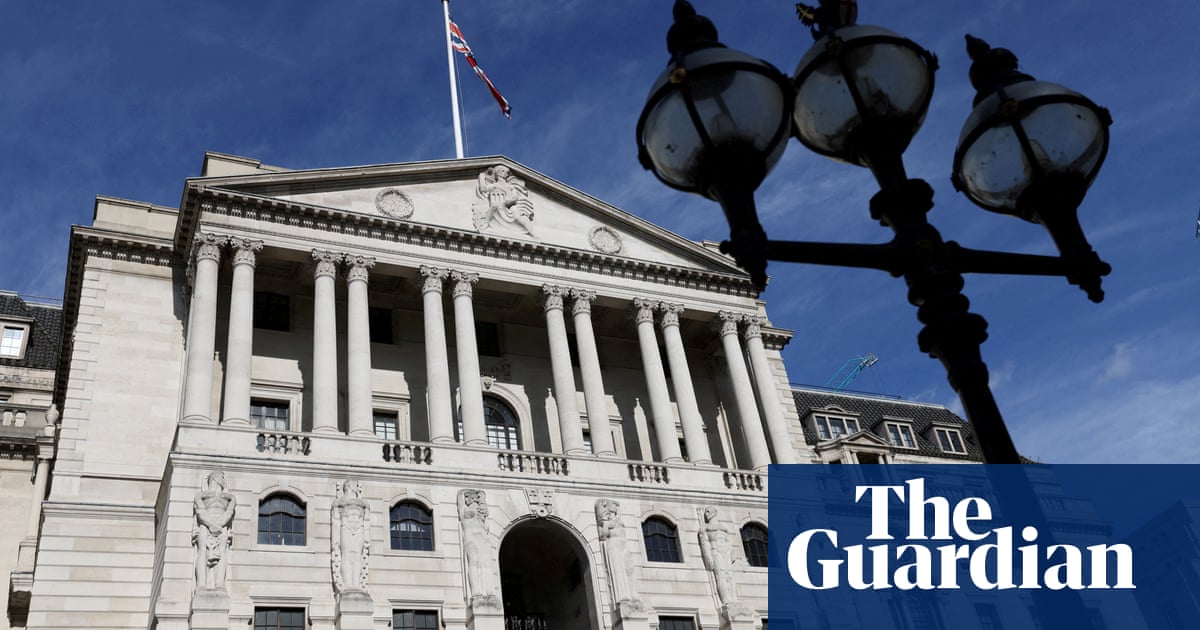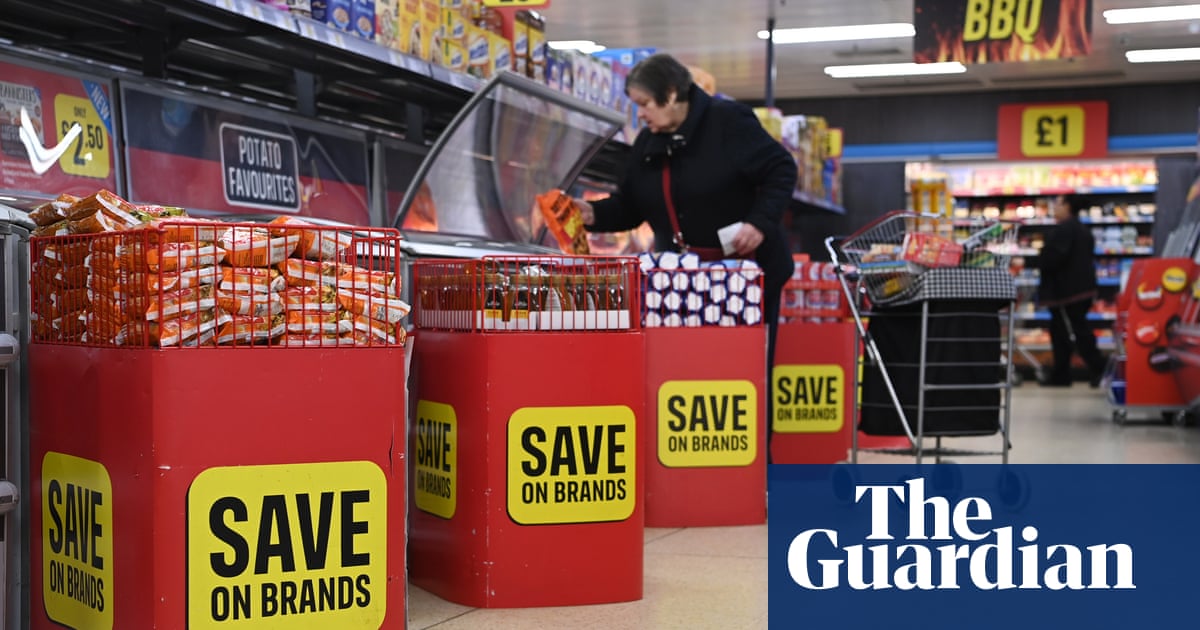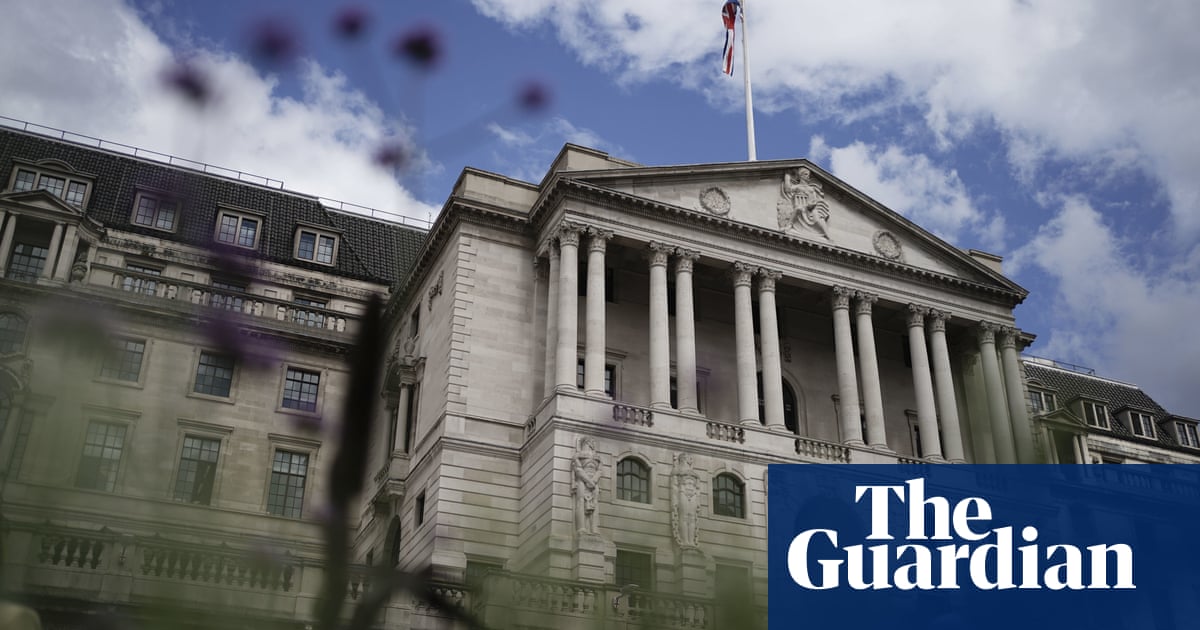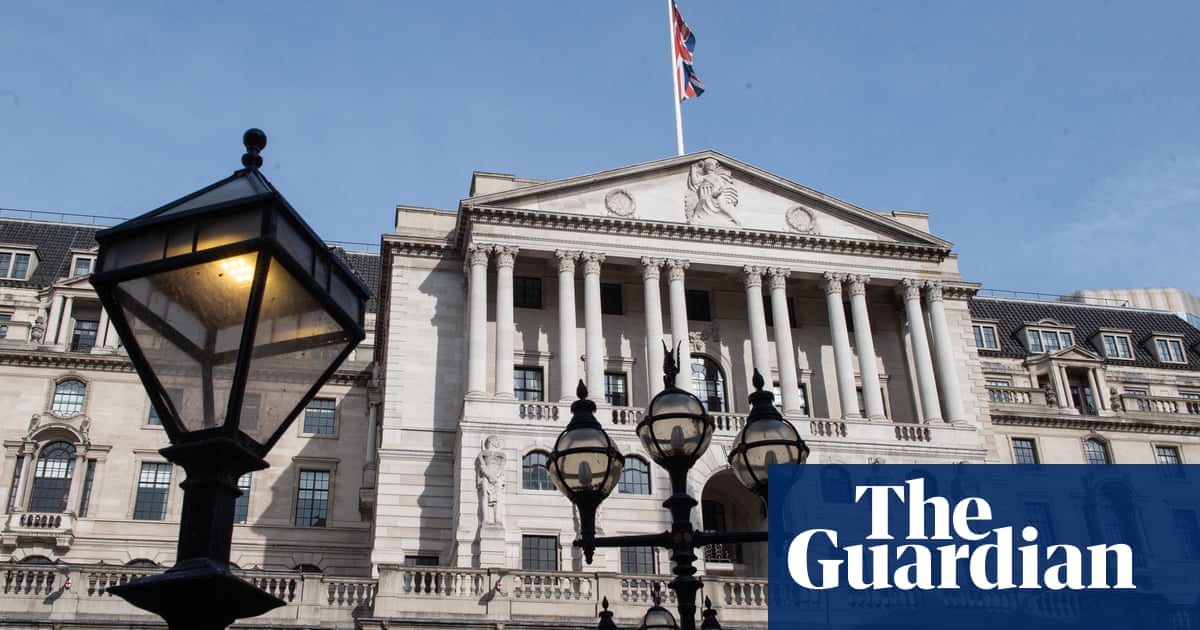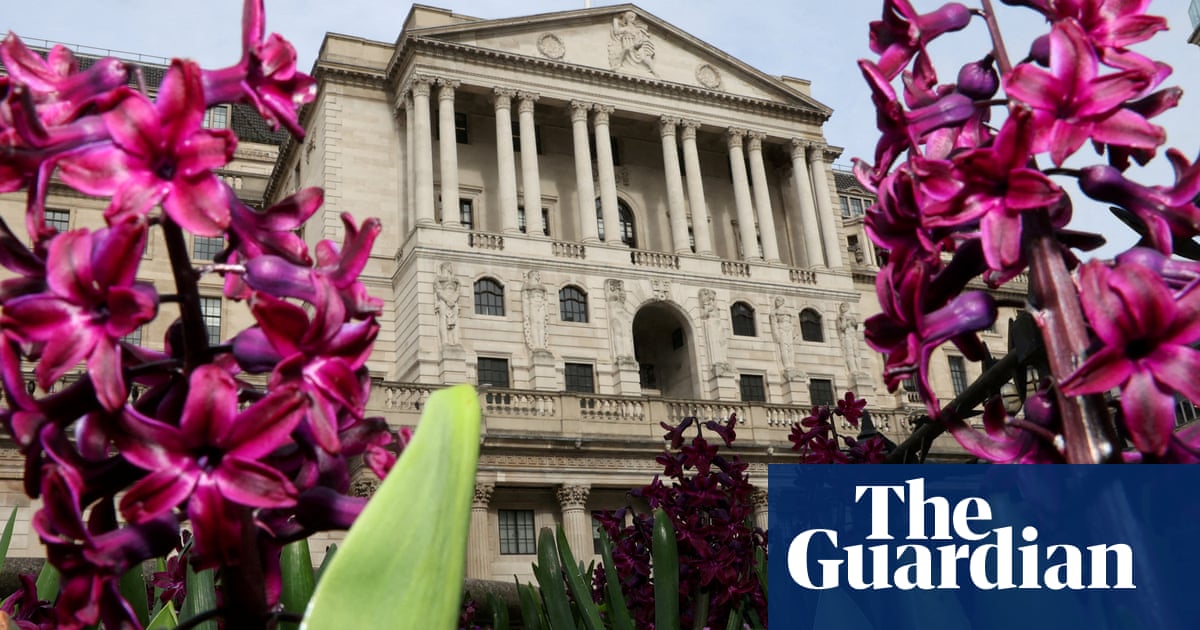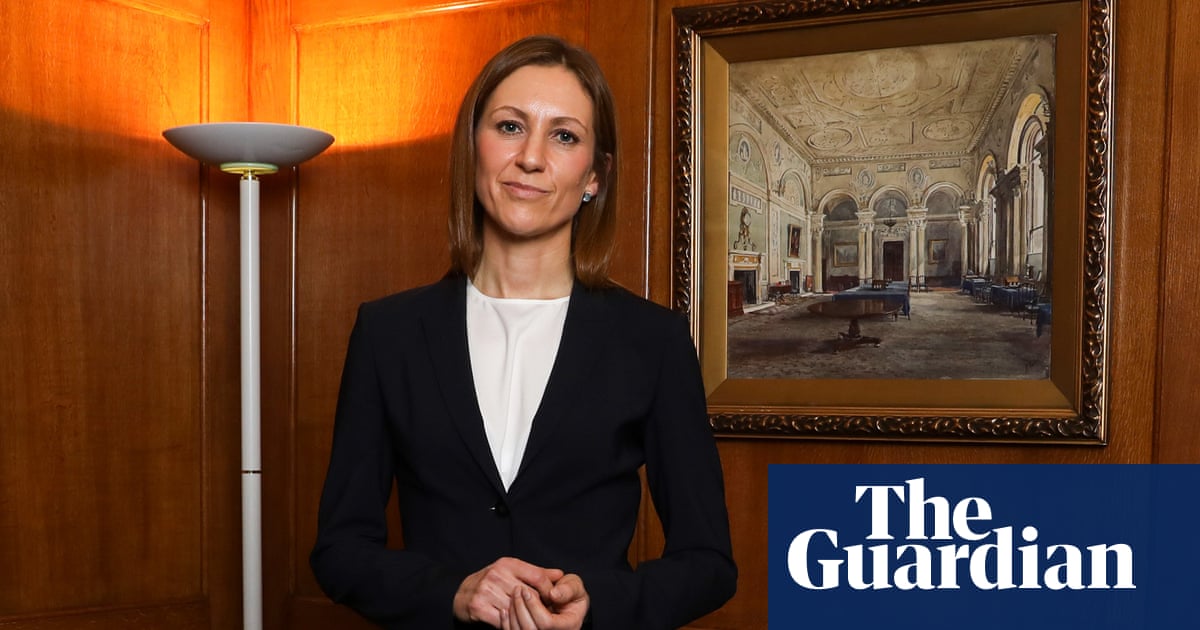
The Bank of England may need to cut interest rates earlier and faster as the impact from previous increases drags down the economy and pulls back inflation, one of its senior policymakers has said.
Silvana Tenreyro, a member of the central bank’s rate-setting monetary policy committee (MPC), said there were signs inflation would fall “well below” the central bank’s 2% target rate after a sharp decline in global energy prices.
In a speech to the Royal Economic Society’s annual conference in Glasgow on Tuesday, she said: “I expect that the high current level of Bank rate will require an earlier and faster reversal, to avoid a significant inflation undershoot.”
The Bank last month raised interest rates for an 11th consecutive time, to 4.25%. Financial markets expect a further quarter-point rate increase at the MPC’s next meeting in May, and are forecasting a more than 50% chance of a further rise by August.
In separate comments on Tuesday, another member of the rate-setting committee, Huw Pill, said the central bank still needed to guard against the risk that inflationary pressures persisted for longer than hoped.
In contrast to Tenreyro, the Bank’s chief economist said Threadneedle Street could not be sure it had raised interest rates enough to tame inflation. “On balance, the onus remains on ensuring enough monetary tightening is delivered to ‘see the job through’ and sustainably return inflation to target,” Pill said.
He voted with the majority of the nine-strong panel for last month’s rate increase. Tenreyro and Swati Dhingra, another external member of the MPC, voted to keep rates on hold at 4%.
Tenreyro also said on Tuesday that global supply chain bottlenecks triggered by the Covid pandemic and a surge in wholesale energy markets were beginning to unwind, leading to a sharp decline in inflation.
Oil prices jumped on Monday after some of the world’s biggest producers agreed to cut production. Prices are, however, still significantly lower than they were immediately after the Russian invasion of Ukraine a year ago, while the amount paid for gas on wholesale markets has fallen back from post-invasion highs.
Tenreyro said the drop had been faster than the Bank anticipated. “Oil and gas prices and futures have fallen sharply, while indices of global supply chain disruptions and shipping costs are back to pre-pandemic levels.”
She said previous rate increases would gradually have an impact over the course of this year and next, as households and businesses who fixed their borrowing costs at low rates moved on to more expensive mortgages and loans.
“This is likely to drag demand well below its potential, loosening the labour market and pulling down on inflation. In the absence of further counterbalancing cost-push shocks, I judge inflation is likely to fall well below target.”
UK inflation unexpectedly increased to 10.4% in February, reversing three months of gradual declines from a peak of 11.1% in October – the highest level since the early 1980s. The Bank’s official target for inflation is 2%.
Some economists have predicted that turbulence in the global banking system could further push up borrowing costs, serving as an additional drag on the economy after successive central bank rate increases. It comes as fears over banks’ stability has pushed up their cost of doing business, which could be passed on to borrowers.
Tenreyro said that if the increases in bank funding costs “persist in a way that affects the inflation outlook” then ratesetters could be forced to act. “If so, the MPC will need to take into account the resulting extra tightening in credit conditions when choosing a Bank rate path,” she said.





